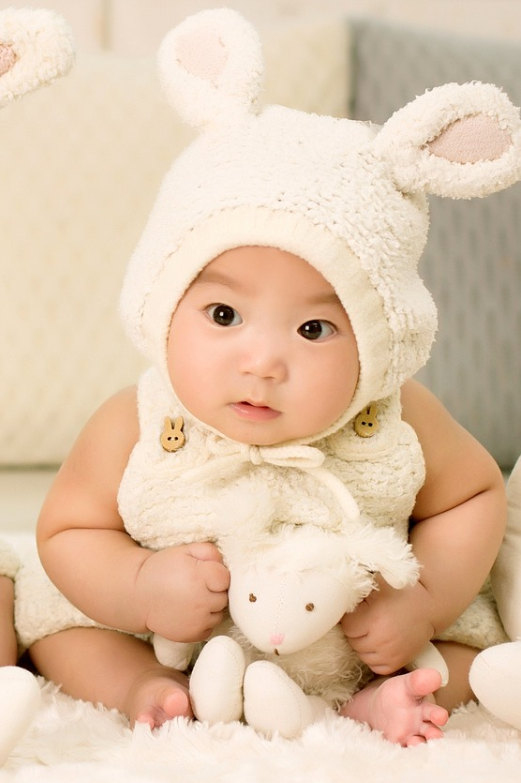Ensuring Optimal Temperature Regulation for Infants: A Key to Their Well-Being
Understanding the Significance:
Maintaining an optimal temperature for infants is essential for their overall health and development. Newborns have a limited ability to generate or retain body heat, making them more susceptible to hypothermia or overheating. Temperature regulation plays a vital role in supporting their physiological functions, such as metabolism, digestion, and immune response.

Preventing Hypothermia:
Hypothermia, or a drop in body temperature below normal levels, is a significant concern for infants. To prevent hypothermia, it is important to keep the environment warm and provide adequate clothing. Newborns should be dressed in layers, ensuring that they are neither too hot nor too cold. A good rule of thumb is to dress them in an extra layer compared to what adults would wear in the same environment.

Creating a Warm Environment:
Creating a warm environment is crucial, especially during colder months or in air-conditioned spaces. Maintain a room temperature between 68°F to 72°F (20°C to 22°C) for optimal comfort. Use a room thermometer to monitor the temperature accurately and make adjustments as needed. Additionally, avoid drafts and ensure that windows and doors are properly sealed to prevent cold air from entering the room.
Overheating Prevention:
Overheating can be equally dangerous for infants, as it can lead to dehydration, heat exhaustion, or even heatstroke. To prevent overheating, it is important to dress infants in lightweight, breathable clothing suitable for the ambient temperature. Avoid excessive bundling or covering the baby with heavy blankets while they are sleeping. Regularly check their body temperature by feeling their chest or back to ensure they are not overheated.

Safe Sleep Practices:
Temperature regulation during sleep is crucial for a baby's safety and well-being. The American Academy of Pediatrics recommends placing infants on their backs to sleep, using a firm and flat mattress in a crib or bassinet. Keep the crib free of blankets, pillows, or stuffed animals that can obstruct airflow and cause overheating. Instead, use a sleep sack or wearable blanket to provide warmth without the risk of suffocation.
Recognizing Signs of Discomfort:
It is important to pay attention to cues that indicate your baby may be too hot or too cold. Signs of overheating include flushed skin, sweating, rapid breathing, or irritability. Signs of being too cold may include pale skin, cool extremities, lethargy, or shivering. If you notice any of these signs, adjust the clothing and environmental conditions accordingly.

Temperature regulation is a critical aspect of newborn care that should not be overlooked. By maintaining an optimal temperature and preventing both hypothermia and overheating, parents can ensure their infants' comfort, safety, and overall well-being. Regularly monitor the environment and dress your baby appropriately for the ambient temperature. By creating a warm and secure environment, you are providing the foundation for your baby's healthy growth and development.








